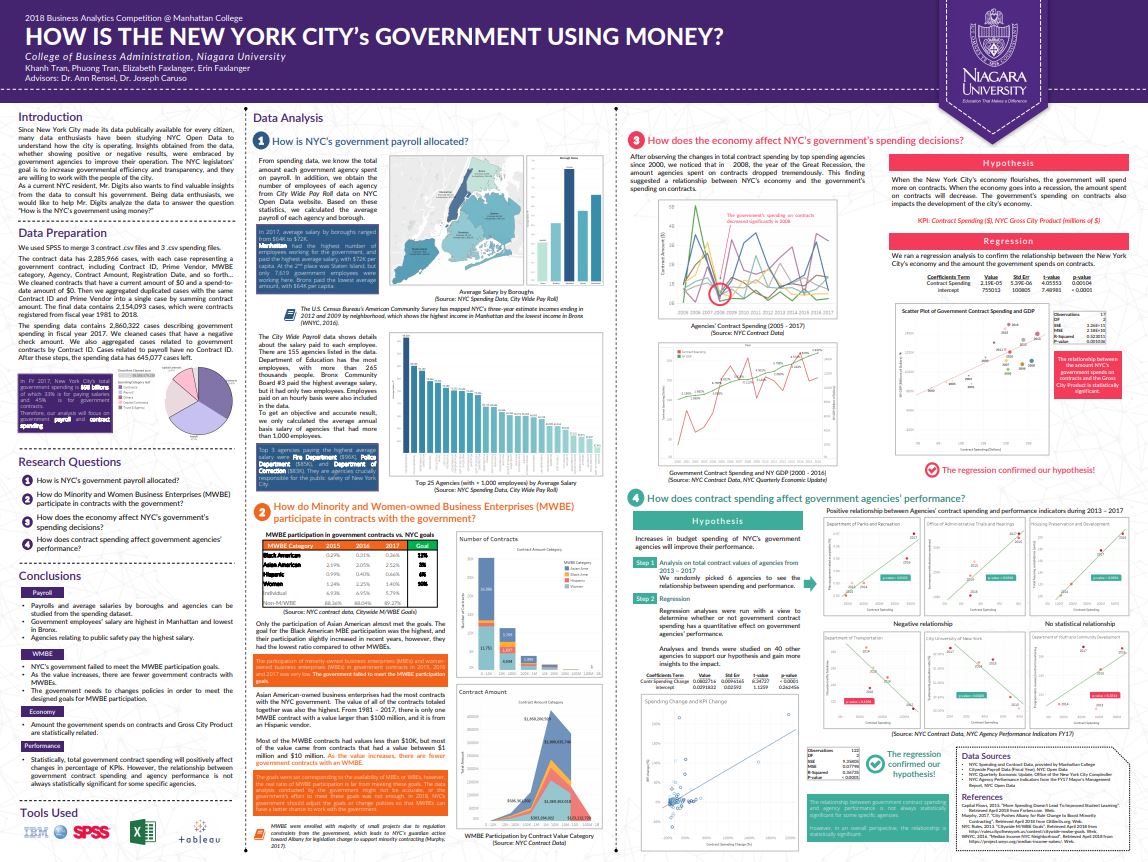Updated: 08/12/2020
🤖 Computer Vision
Object Detection with Detectron2

A series of notebooks to dive deep into popular datasets for object detection and learn how to train Detectron2 on custom datasets.
- Notebook 4: Train Detectron2 on Open Images dataset to detect musical instruments.
- Notebook 5: Apply Detectron2 on Kaggle Global Wheat Detection Competition.
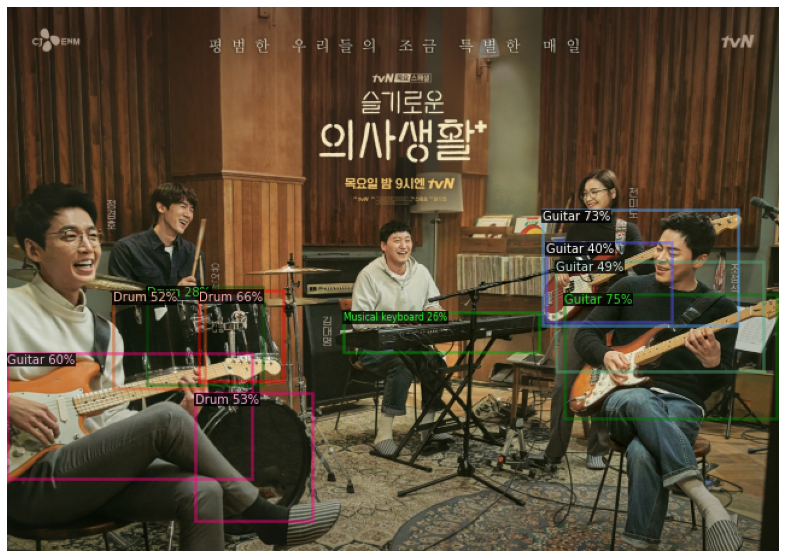
Visual Recognition for Vietnamese Foods
I built a Computer Vision application to recognize popular Vietnamese dishes and display their information and stories. To build the application, I crawled 6,000 images using the Bing Image Search API and trained a ResNet-50 model. The model achieved 94% accuracy over 11 classes.

CS231n: Convolutional Neural Networks for Visual Recognition
This is my complete implementation of assignments and projects in CS231n: Convolutional Neural Networks for Visual Recognition by Stanford (Spring, 2019). NumPy implementations of forward and backward pass of each layer in a convolutional neural network have given me a deep understanding of how state-of-the-art Computer Vision architectures work under the hood. In addition, I explored the inner beauty of Deep Learning by implementing Style Transfer, Deep Dream, Texture Systhesis in PyTorch and generating new images with GANs.
Selective Topics:
- NumPy Implementations of CNN: Fully-connected Layer, Batchnorm, Layernorm, Dropout, Convolution, Maxpool.
- Image Captioning with LSTMs
- Saliency Maps, Deep Dream, Fooling Images
- Style Transfer
- Generative Adversarial Networks (GANs)
🎼 Natural Language Processing
Extractive Summarization with BERT
I implemented the paper Text Summarization with Pretrained Encoders (Liu & Lapata, 2019) and trained MobileBERT and DistilBERT for extractive summarization. I also built a web app demo to illustrate the usage of the model.

Transformers for Spanish
A series of published articles with GitHub repository about my research and work projects in Transformer and its application on Spanish.
Articles:
- Pre-train ELECTRA for Spanish from Scratch
- SpanBERTa: Pre-train RoBERTa Language Model for Spanish from Scratch
- Named Entity Recognition with Transformers
CS224n: Natural Language Processing with Deep Learning
My complete implementation of assignments and projects in CS224n: Natural Language Processing with Deep Learning by Stanford (Winter, 2019).
Neural Machine Translation: An NMT system which translates texts from Spanish to English using a Bidirectional LSTM encoder for the source sentence and a Unidirectional LSTM Decoder with multiplicative attention for the target sentence (GitHub).
Dependency Parsing: A Neural Transition-Based Dependency Parsing system with one-layer MLP (GitHub).
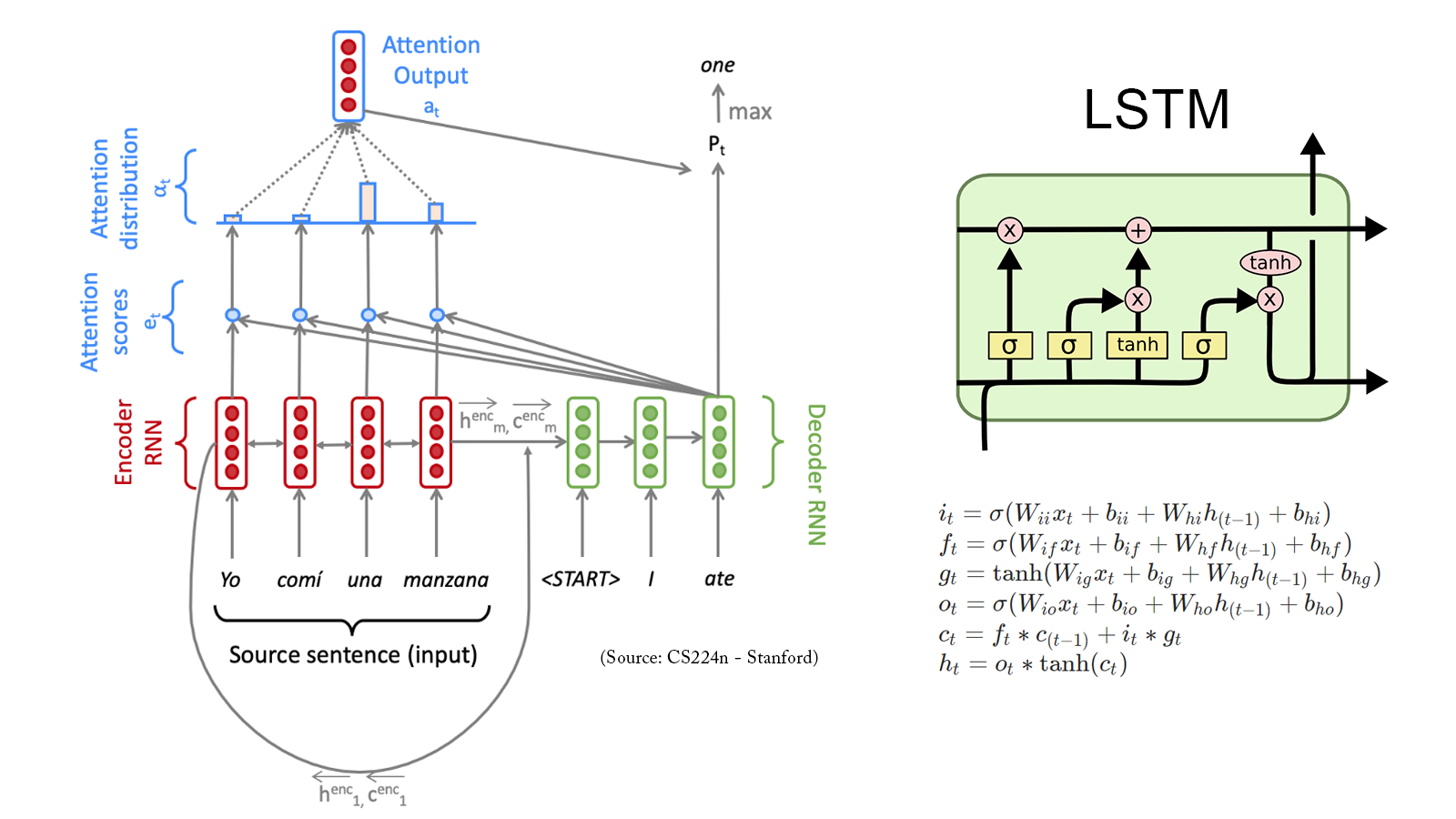
Social Media Analytics for Airline Industry: Fine-tuning BERT for Sentiment Analysis
The release of Google’s BERT is described as the beginning of a new era in NLP. In this notebook I’ll use the HuggingFace’s transformers library to fine-tune pretrained BERT model for a classification task. Then I will compare BERT’s performance with a baseline model, in which I use a TF-IDF vectorizer and a Naive Bayes classifier. The transformers library helps us quickly and efficiently fine-tune the state-of-the-art BERT model and yield an accuracy rate 10% higher than the baseline model.
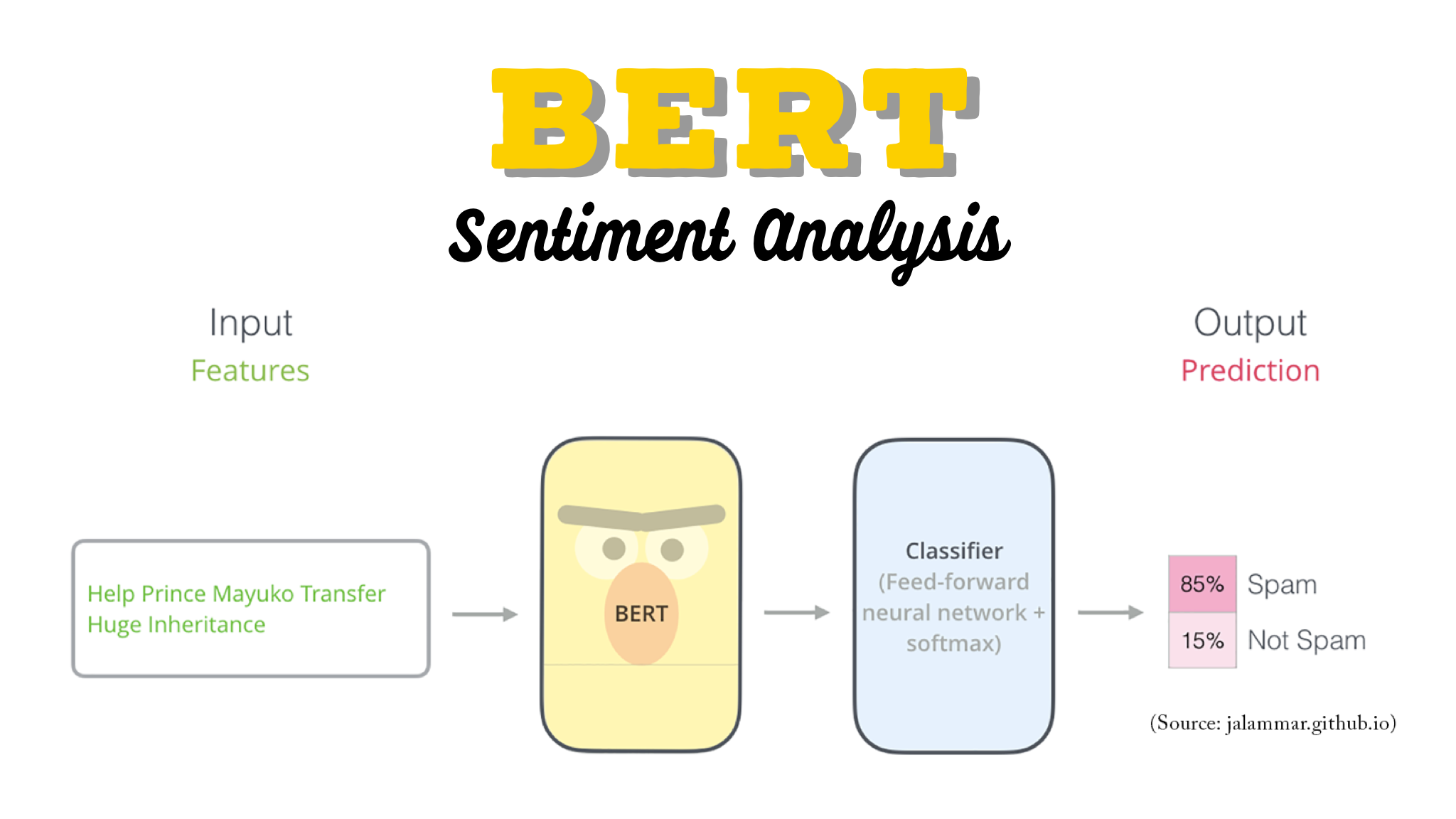
Detect Food Trends from Facebook Posts: Co-occurence Matrix, Lift and PPMI
First I build co-occurence matrices of ingredients from Facebook posts from 2011 to 2015. Then, to identify interesting and rare ingredient combinations that occur more than by chance, I calculate Lift and PPMI metrics. Lastly, I plot time-series data of identified trends to validate my findings. Interesting food trends have emerged from this analysis.

Detect Spam Messages: TF-IDF and Naive Bayes Classifier
In order to predict whether a message is spam, first I vectorized text messages into a format that machine learning algorithms can understand using Bag-of-Word and TF-IDF. Then I trained a machine learning model to learn to discriminate between normal and spam messages. Finally, with the trained model, I classified unlabel messages into normal or spam.
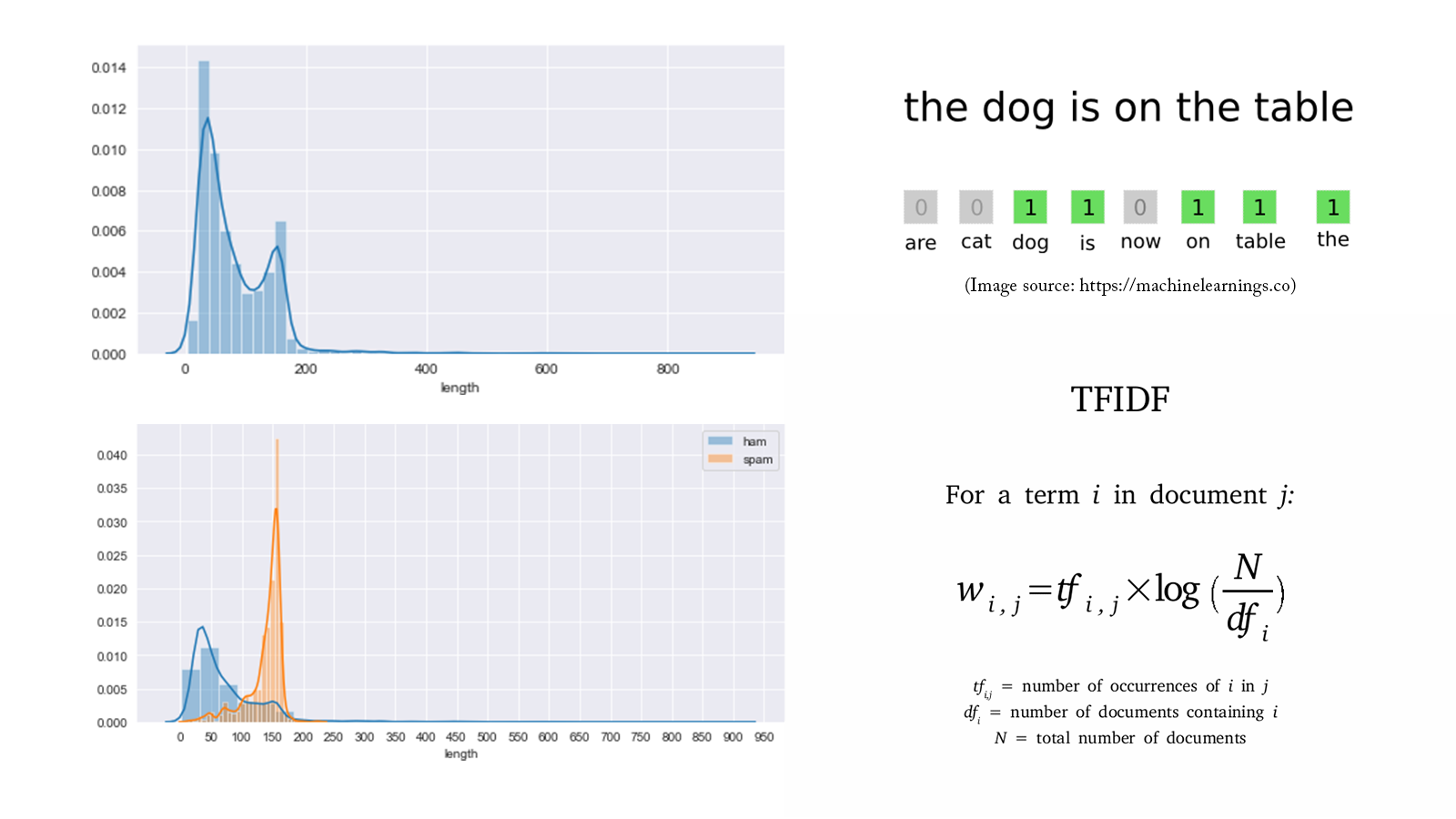
📈 Data Science
Credit Risk Prediction Web App
After my team preprocessed a dataset of 10K credit applications and built machine learning models to predict credit default risk, I built an interactive user interface with Streamlit and hosted the web app on Heroku server.
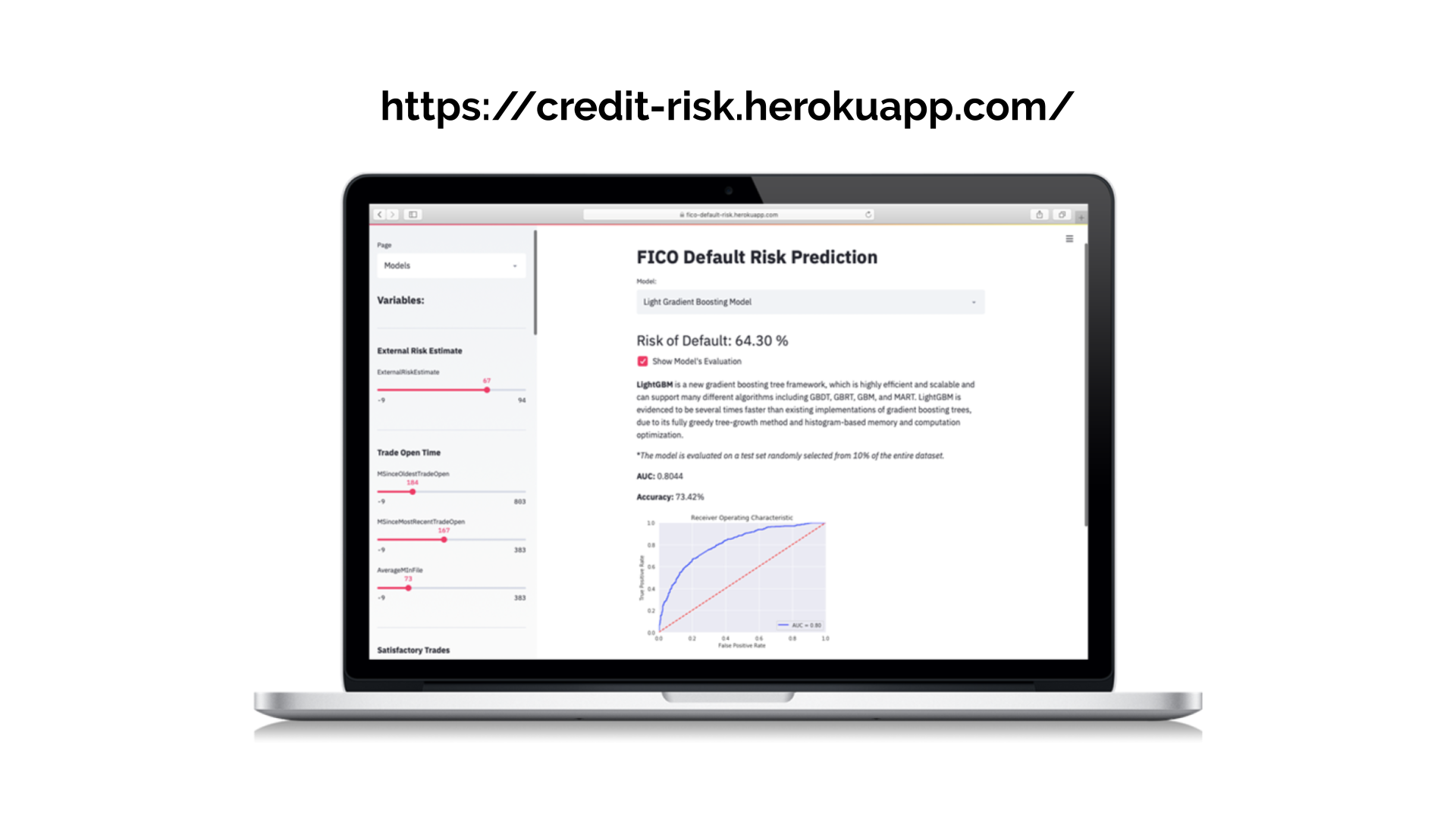
Kaggle Competition: Predict Ames House Price using Lasso, Ridge, XGBoost and LightGBM
I performed comprehensive EDA to understand important variables, handled missing values, outliers, performed feature engineering, and ensembled machine learning models to predict house prices. My best model had Mean Absolute Error (MAE) of 12293.919, ranking 95/15502, approximately top 0.6% in the Kaggle leaderboard.
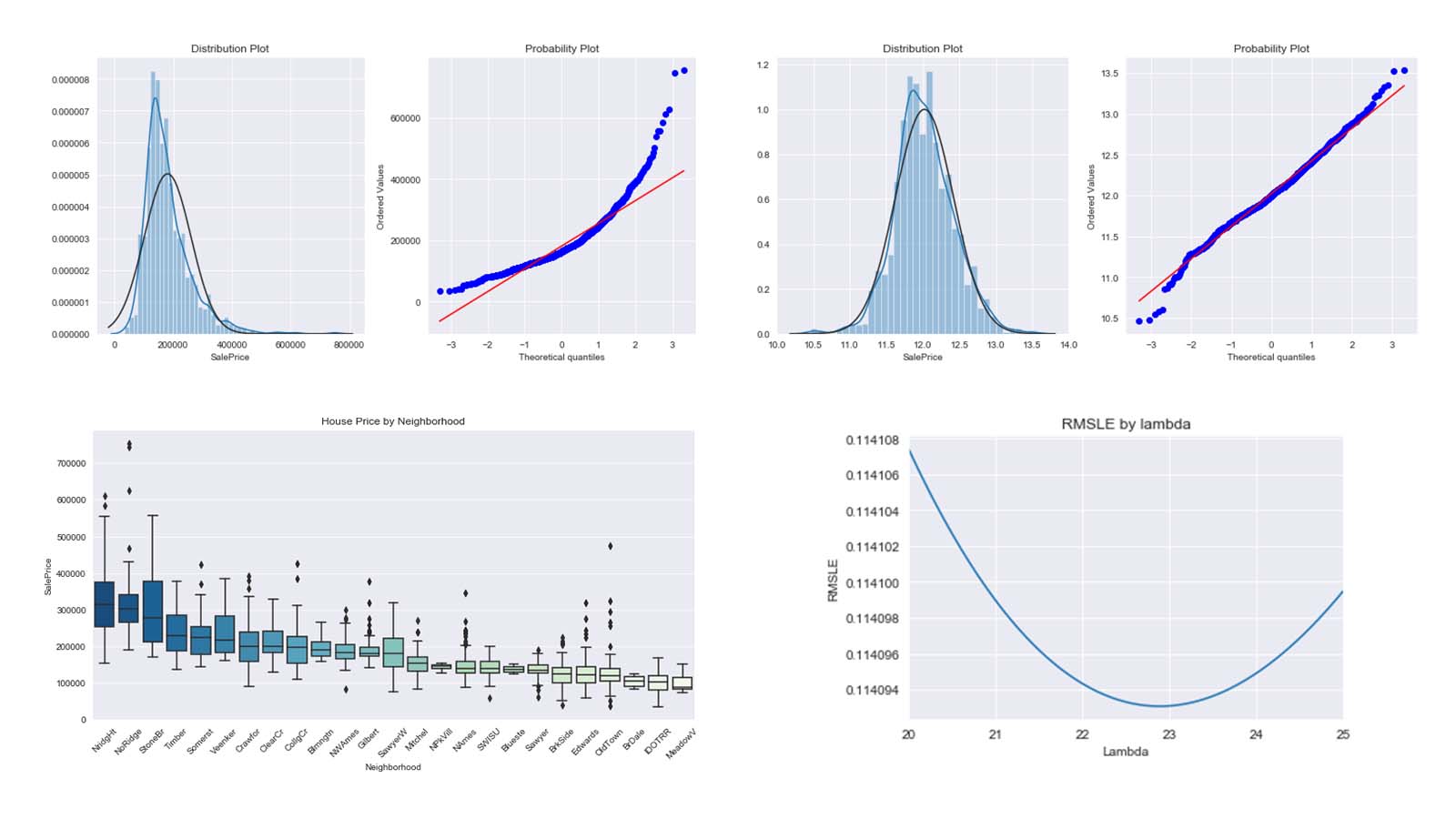
Predict Breast Cancer with RF, PCA and SVM using Python
In this project I am going to perform comprehensive EDA on the breast cancer dataset, then transform the data using Principal Components Analysis (PCA) and use Support Vector Machine (SVM) model to predict whether a patient has breast cancer.

Business Analytics Conference 2018: How is NYC’s Government Using Money?
In three-month research and a two-day hackathon, I led a team of four students to discover insights from 6 million records of NYC and Boston government spending data sets and won runner-up prize for the best research poster out of 18 participating colleges.






